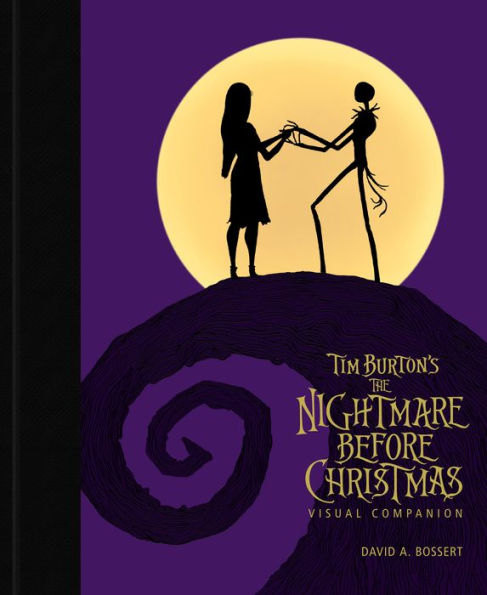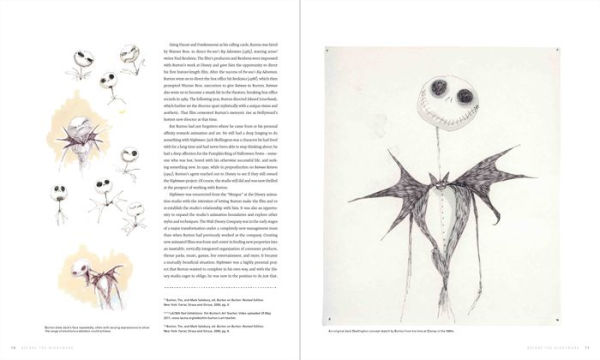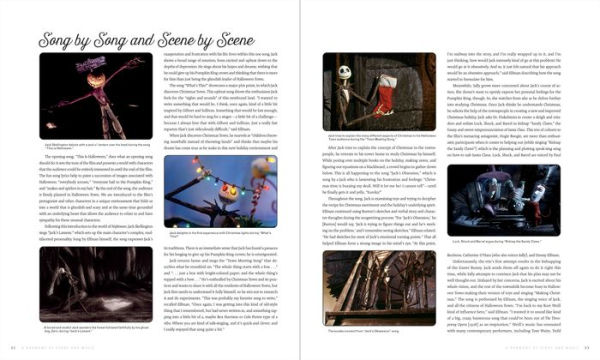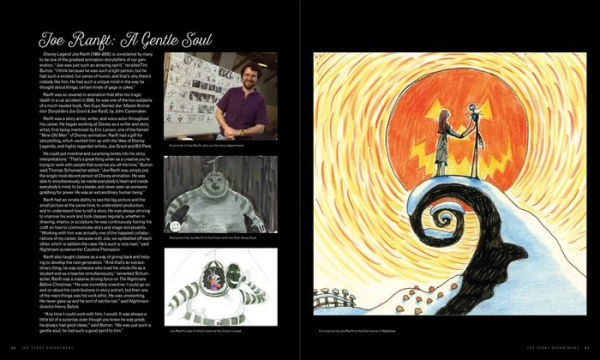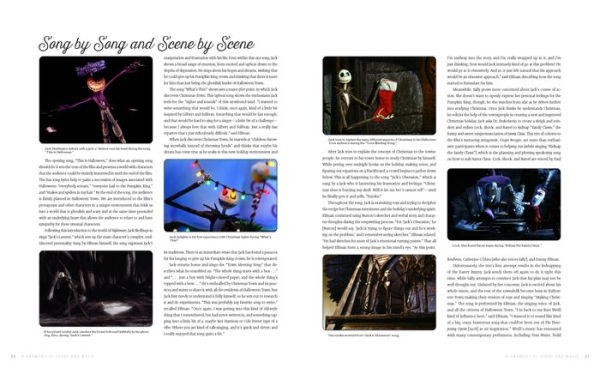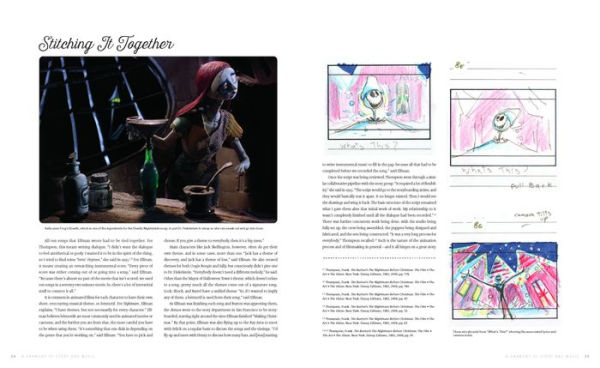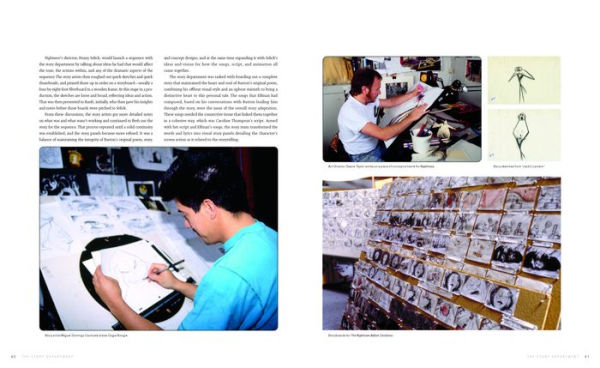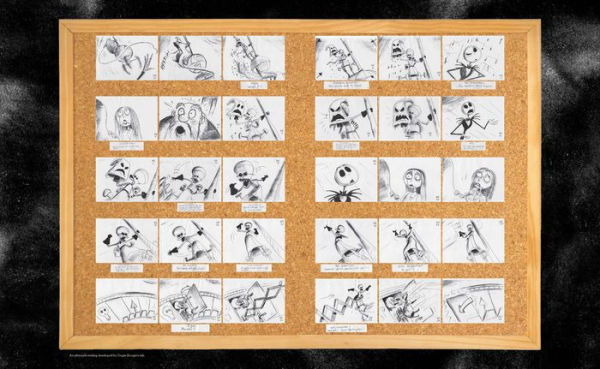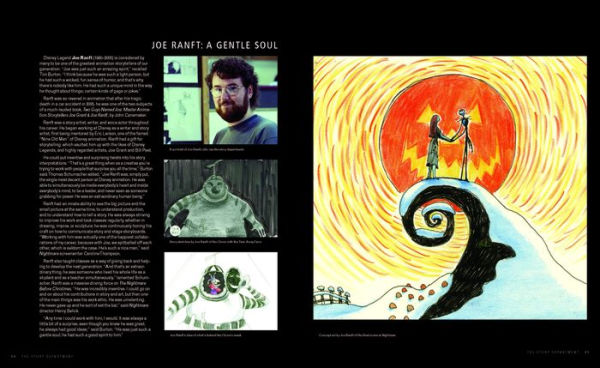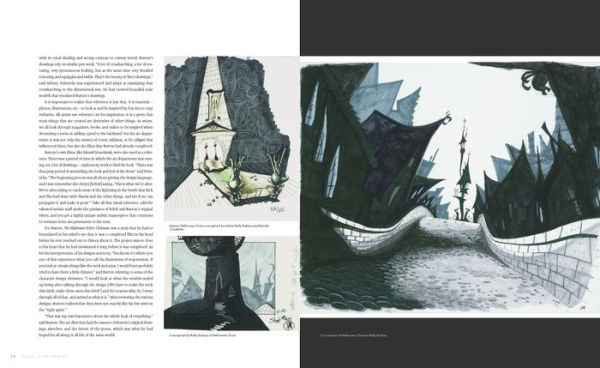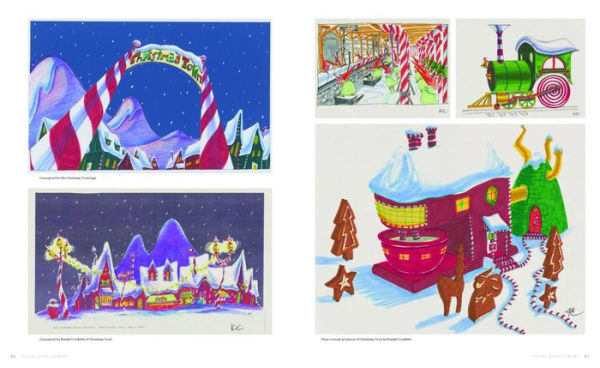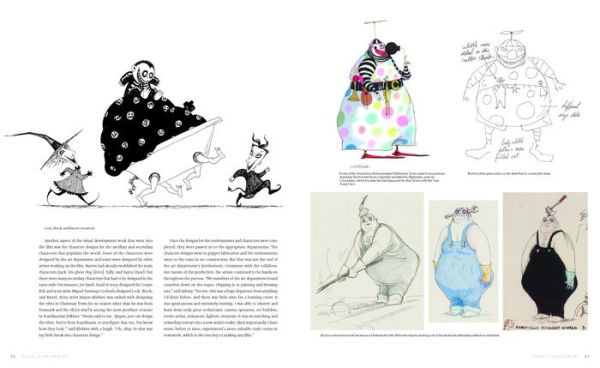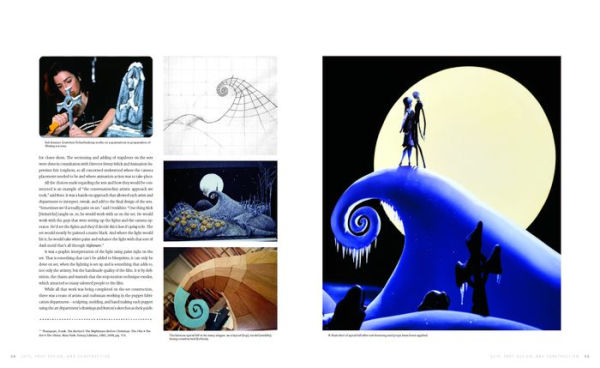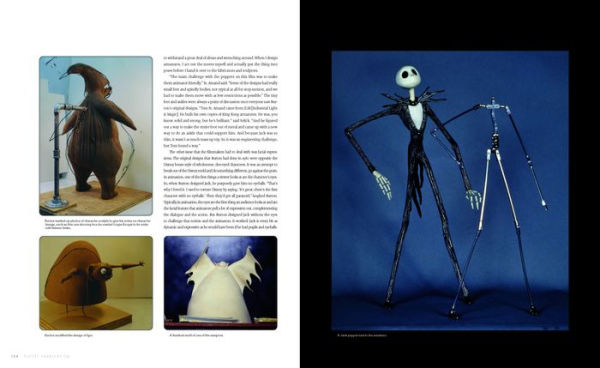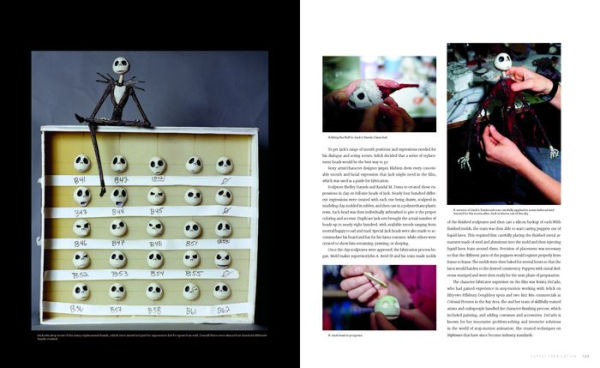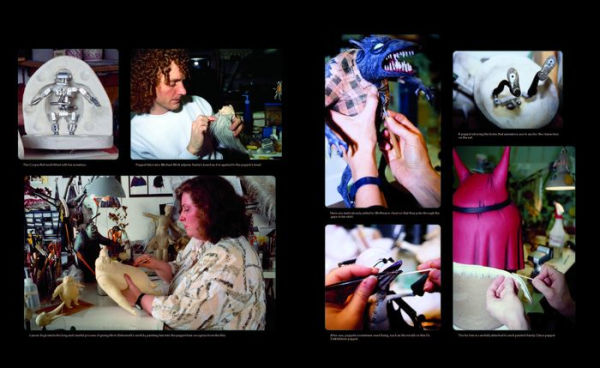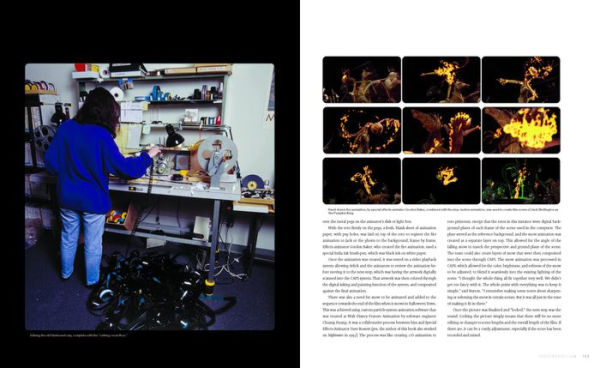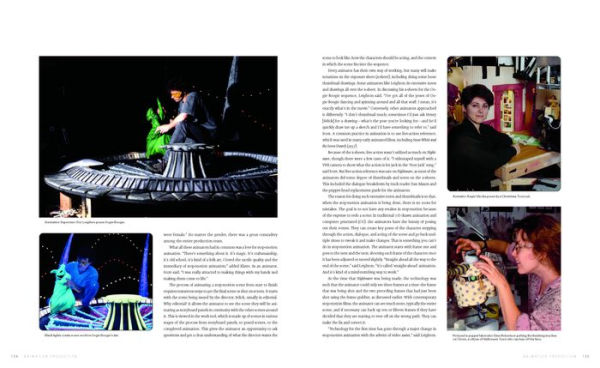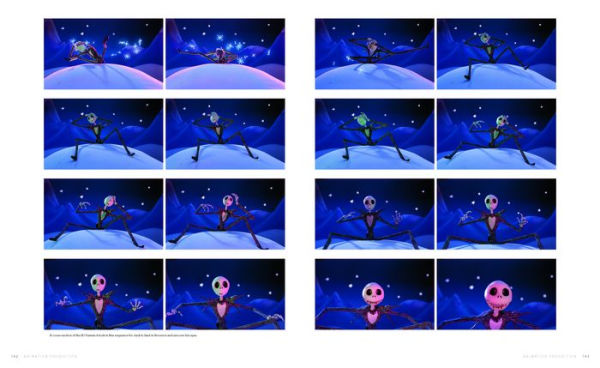Tim Burton's The Nightmare Before Christmas Visual Companion (Commemorating 30 Years)
Just in time for the whimsical holiday classic film's 30th anniversary comes a deep-dive reflection about the making of Tim Burton’s The Nightmare Before Christmas! This enchanting coffee table book features new interviews with the filmmakers and rare images from the Disney and Burton art collections!
Tim Burton’s The Nightmare Before Christmas was crafted as a piece of art: a visual masterpiece that blended together the genius of Tim Burton’s simple story and endearing characters with Danny Elfman’s eclectic music; Henry Selick’s stop-motion brilliance; Caroline Thompson’s heartfelt script; and the painstaking efforts of hundreds of artists, animators, and technicians—all wrapped in a world that only Burton could conjure up. Paired with stunning and never-before-released art and photography, this book transports readers into a one-of-a-kind, retrospective journey detailing how Nightmare was thoughtfully crafted and all the ways in which the fan community worldwide has embraced the film ever since.
This beautiful volume serves as the must-have book for fans of the film, artists and art collectors, and anyone who appreciates some frightfully good movie magic.
"1142531258"
Tim Burton’s The Nightmare Before Christmas was crafted as a piece of art: a visual masterpiece that blended together the genius of Tim Burton’s simple story and endearing characters with Danny Elfman’s eclectic music; Henry Selick’s stop-motion brilliance; Caroline Thompson’s heartfelt script; and the painstaking efforts of hundreds of artists, animators, and technicians—all wrapped in a world that only Burton could conjure up. Paired with stunning and never-before-released art and photography, this book transports readers into a one-of-a-kind, retrospective journey detailing how Nightmare was thoughtfully crafted and all the ways in which the fan community worldwide has embraced the film ever since.
This beautiful volume serves as the must-have book for fans of the film, artists and art collectors, and anyone who appreciates some frightfully good movie magic.
Tim Burton's The Nightmare Before Christmas Visual Companion (Commemorating 30 Years)
Just in time for the whimsical holiday classic film's 30th anniversary comes a deep-dive reflection about the making of Tim Burton’s The Nightmare Before Christmas! This enchanting coffee table book features new interviews with the filmmakers and rare images from the Disney and Burton art collections!
Tim Burton’s The Nightmare Before Christmas was crafted as a piece of art: a visual masterpiece that blended together the genius of Tim Burton’s simple story and endearing characters with Danny Elfman’s eclectic music; Henry Selick’s stop-motion brilliance; Caroline Thompson’s heartfelt script; and the painstaking efforts of hundreds of artists, animators, and technicians—all wrapped in a world that only Burton could conjure up. Paired with stunning and never-before-released art and photography, this book transports readers into a one-of-a-kind, retrospective journey detailing how Nightmare was thoughtfully crafted and all the ways in which the fan community worldwide has embraced the film ever since.
This beautiful volume serves as the must-have book for fans of the film, artists and art collectors, and anyone who appreciates some frightfully good movie magic.
Tim Burton’s The Nightmare Before Christmas was crafted as a piece of art: a visual masterpiece that blended together the genius of Tim Burton’s simple story and endearing characters with Danny Elfman’s eclectic music; Henry Selick’s stop-motion brilliance; Caroline Thompson’s heartfelt script; and the painstaking efforts of hundreds of artists, animators, and technicians—all wrapped in a world that only Burton could conjure up. Paired with stunning and never-before-released art and photography, this book transports readers into a one-of-a-kind, retrospective journey detailing how Nightmare was thoughtfully crafted and all the ways in which the fan community worldwide has embraced the film ever since.
This beautiful volume serves as the must-have book for fans of the film, artists and art collectors, and anyone who appreciates some frightfully good movie magic.
50.0
In Stock
5
1

Tim Burton's The Nightmare Before Christmas Visual Companion (Commemorating 30 Years)
224
Tim Burton's The Nightmare Before Christmas Visual Companion (Commemorating 30 Years)
224Hardcover
$50.00
50.0
In Stock

Product Details
| ISBN-13: | 9781484799857 |
|---|---|
| Publisher: | Disney Publishing Group |
| Publication date: | 09/26/2023 |
| Series: | Disney Editions Deluxe |
| Pages: | 224 |
| Sales rank: | 233,369 |
| Product dimensions: | 12.30(w) x 10.20(h) x 0.80(d) |
About the Author

From the B&N Reads Blog






















